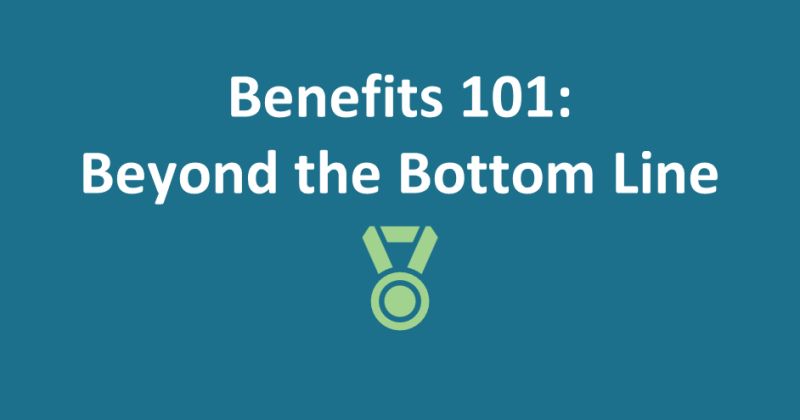In a fluctuating business world, mastering risk management is key to a thriving organisation.
First and foremost, risk identification stands as a pivotal stage.
It’s here we hone-in on the core principles of detecting potential pitfalls, underscoring the role of a robust taxonomy for a nuanced comprehension.
Identifying potential hazards early not only safeguards your operations but also paves the way for strategic decisions to curtail or pre-emptively address these threats.
Yet, this step often receives scant focus, spawning unforeseen hurdles later.
Leveraging a structured risk taxonomy aids in systematically dissecting and analysing possible risks, fostering a uniform approach across various your business.
Benefits of a Risk Taxonomy:
1. Boosts risk detection: Tailored taxonomy zooms in on specific risk sectors, unveiling potential unnoticed hazards.
2. Fosters unity: Establishes a uniform risk discourse, nurturing a unified risk ethos in your company.
3. Facilitates analysis: Forms the basis for trend analysis and benchmarking, helping devise targeted risk countermeasures.
4. Aids in risk prioritisation: Allows for focused resource allocation, zeroing in on high-stake risks while managing or accepting lesser ones.
Effective Risk Identification Steps:
Crafting a risk taxonomy suited to your needs is vital.
Involve diverse stakeholders, utilise risk assessment tools, align with recognised frameworks, and continually evolve based on new insights and risks.
Adopting a meticulously crafted risk taxonomy enables methodical risk analysis and response.
Early risk detection paired with proactive strategies beefs up resilience, shields your brand, and taps into opportunities amidst business unpredictability.
Remember, proactive risk identification is your gateway to enduring success.

The Top Three Reasons for Project Failure.
In the world of project management, success is the ultimate goal. However, achieving it is often easier said than done.

